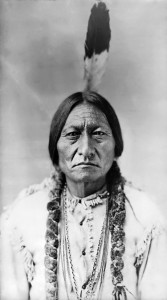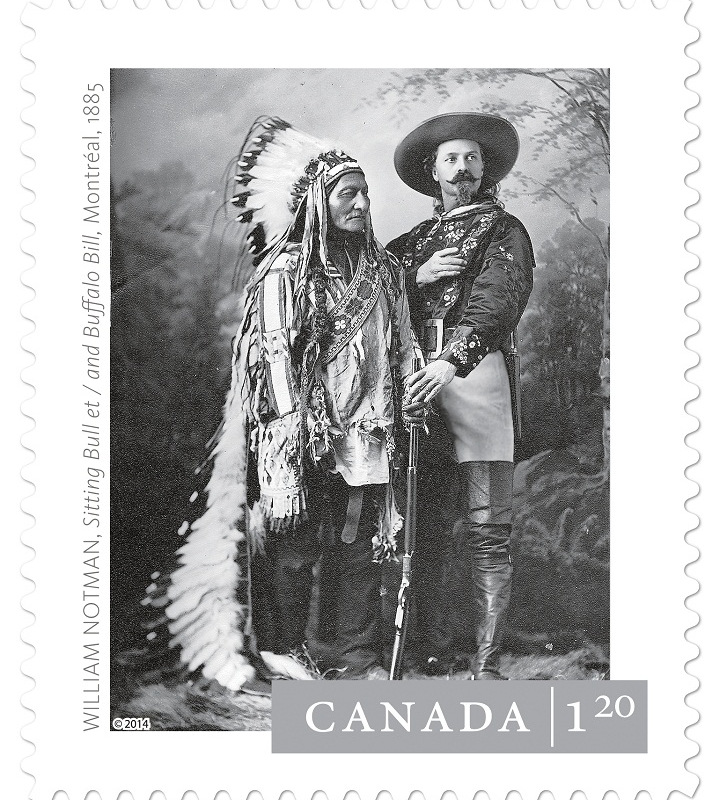On today’s date in 1877, Hunkpapa Lakota Sioux Chief Sitting Bull led 5,000 followers from Montana into Canada, where they asked Queen Victoria for protection from the U.S. Army while petitioning for a land reserve.
Born as “Jumping Badger” in 1831 (and also known as Tȟatȟáŋka Íyotȟake), Sitting Bull led the Hunkpapa Lakota, which belonged to the Great Sioux Nation. After decades of resistance against the infringing U.S. government, culminating in the Great Sioux War of 1876-77, many Lakota surrendered at various locations along the Missouri River and northwestern Nebraska; however, Sitting Bull led a contingent of about 5,000 followers across the international border into Wood Mountain, North-Western Territory (present-day Saskatchewan).
U.S. General Alfred H. Terry was part of a delegation sent to negotiate with the bands but failed to persuade them to surrender and return.
When he reached Canada, where he and his people would stay for four years, Sitting Bull claimed both the U.S. and Canadian sides of the border as traditional Sioux hunting grounds. The Sioux, he argued, had as much right to be north of the border as they did in the southern states. They had also remained loyal to Britain through the War of 1812 and during the earlier battles for what was then New France.
Sitting Bull wished to live under the justice and protection of Canadian law and be granted Canadian land; however, Canada’s first prime minister Sir John A. Macdonald refused to provide the group with land, food or support.
Macdonald’s government saw the Sioux as “American-Indians,” who illegally crossed the international boundary into Canada and should leave.
The Blackfoot, Cree and Assiniboine also felt the Sioux should leave, accusing them of stealing and depleting the game on their hunting ranges.
After Sitting Bull returned to the United States, with fears of an uprising, police tried to arrest him, and he was killed.

After Sitting Bull (shown) returned to the United States, police – fearing an uprising – tried to arrest him. He was killed in the ensuing gunfight.
2014 SITTING BULL STAMP
In 2014, Canada Post issued a $1.20 stamp (Scott #2763) featuring Sitting Bull and Buffalo Bill, an 1885 painting by Will Notman, as part of its “Canadian Photography” issue.
The issue measures 36 millimetres by 30 millimetres and is available in six-stamp booklets and three-stamp souvenir sheets.
Long-time stamp designer Stephane Huot, of Montréal, designed the stamps, which were printed by the Ottawa-based security printer Lowe-Martin.
Two official first-day covers – one featuring horizontal shots and the other with vertical shots – were serviced with Ottawa cancels.

